Reciprocal root canal treatment
My teeth - for life
Everyone knows root canal treatment, almost everyone fears it. Endodontic therapy ( = root treatment ) is often unavoidable. The "VDW Gold reciprocal endodontic device" used in our practice enables a degree of precision through permanent computer-assisted electrical determination of the root canal length that cannot be achieved with X-rays alone. Torque control combined with reciprocating (forward-backward) movement of the special titanium instruments prevents instrument breakage. In this way, very good results can usually be achieved in endodontic treatment.
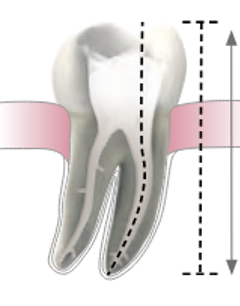
Determining the canal length The exact determination of the root canal length is particularly important for optimal cleaning. In addition to traditional X-rays, modern, computer-aided electrical methods for determining root canal length offer a degree of precision that cannot be achieved with X-rays alone.
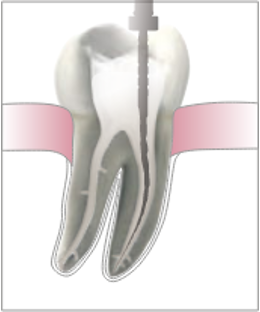
Cleaning the root canals After the canal length has been determined, the root canals are cleaned with the finest hand instruments or very flexible, rotating instruments made of a nickel-titanium alloy. The high flexibility of the nickel-titanium instruments enables the treatment of complicated and strongly curved root canals. This modern treatment process allows treatment results of a quality that was unimaginable just a few years ago. Endodontic treatment, one of the most difficult in dentistry, is made easier, safer and more predictable with these instruments.
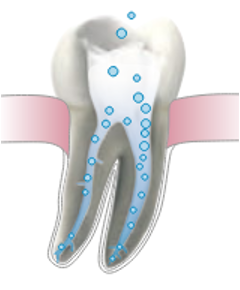
Disinfecting the root canals During and after the canal preparation, the root canals are thoroughly cleaned with disinfecting rinsing liquids, the efficiency of which can be increased by ultrasonic activation.
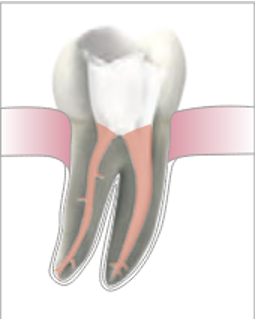
Filling the root canals There are different filling methods and materials for filling the canals. Gutta-percha, an elastic natural material, is usually used in combination with an adhesive. Inserted warm into the root canal, it adapts to the anatomy of the canal and fills cavities or side canals. Gutta-percha can also be placed cold in the canal. It is important that the canal is filled tightly and completely to prevent bacterial growth and reinfection.
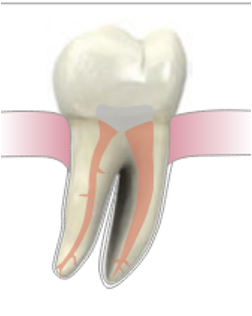
Closing the tooth Once the root canals have been filled, the opening in the tooth crown is closed with a stable and dense filling.